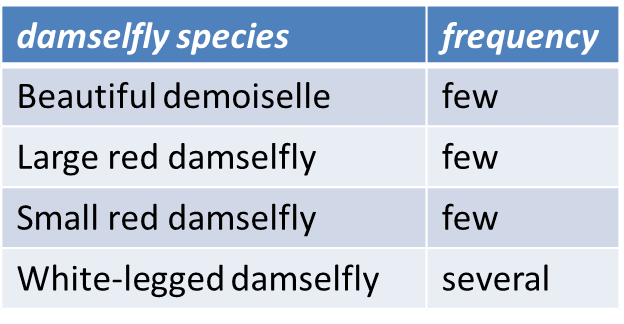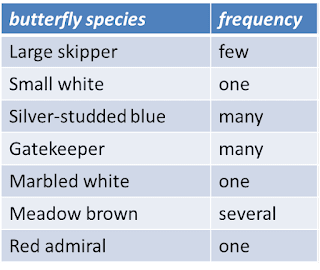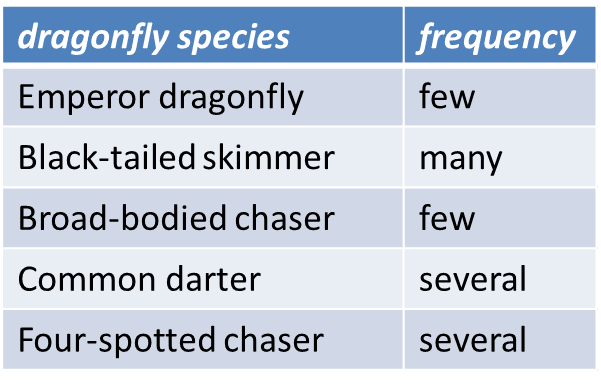Roaming the boggy heathland, it didn't take us long to see our first white-legged damsels, both females:
So first target species done!
But no such luck with small damsels, even though we saw many in this area last year. We scoured the heather and bog myrtle for hours, but no small red damsels ....
We had resigned ourselves to not seeing one as we walked back to the car, but just as we reached the car park, I spotted a small piece of suitable habitat: boggy heathland with plenty of bog myrtle. Worth checking out? We did, and saw no small red damsels. Until the very last bush of bog myrtle, at the edge of the boggy heathland.





























































